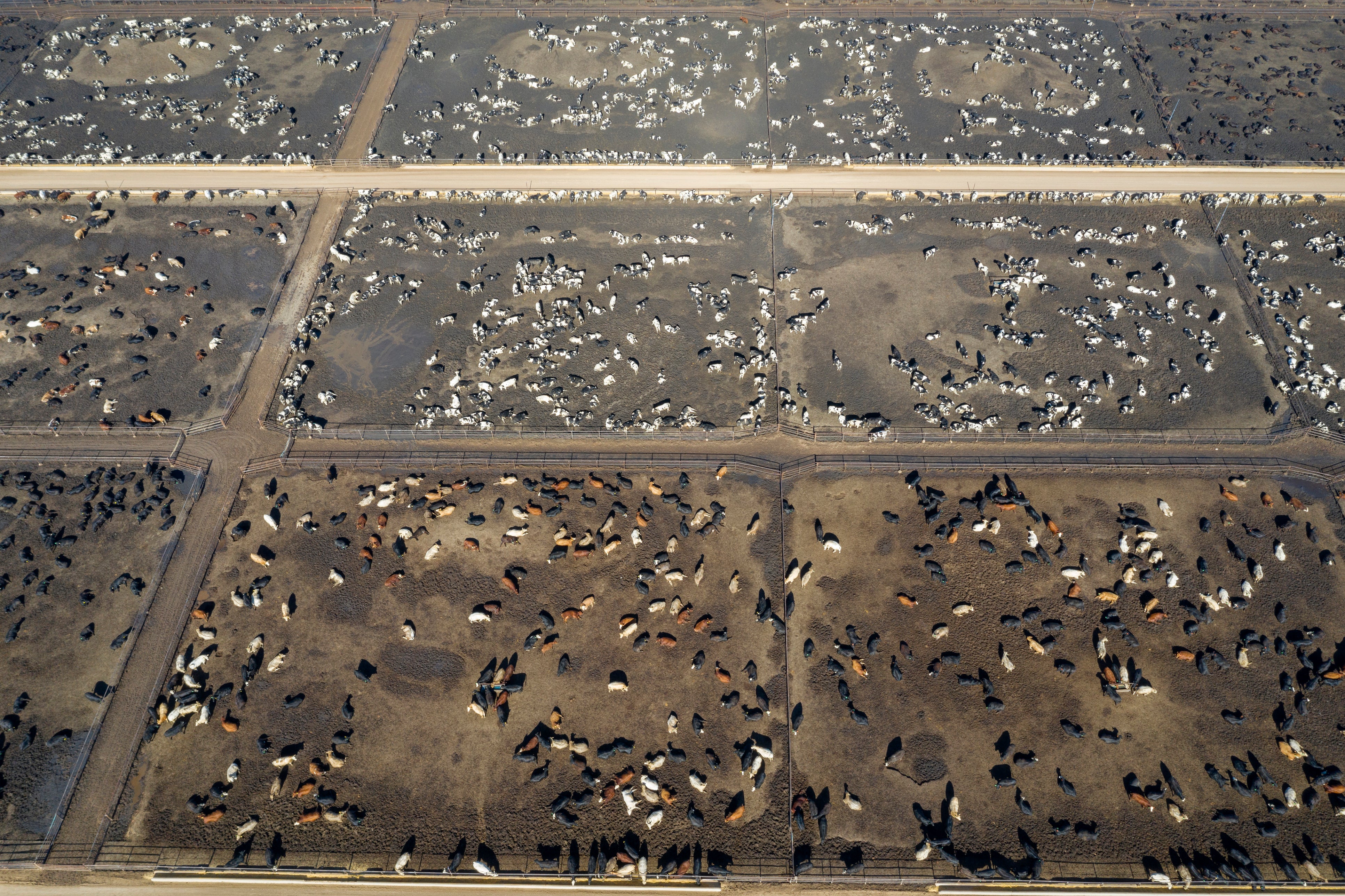This website uses cookies so that we can provide you with the best user experience possible. Cookie information is stored in your browser and performs functions such as recognising you when you return to our website and helping our team to understand which sections of the website you find most interesting and useful.

More than 17,000 species across the world will lose some of their habitats if little is done to tackle uncontrolled agricultural expansion, a new study has found.
The research uses modelling to estimate the extent to which continued agricultural expansion across the world could encroach on the habitat of nearly 20,000 species by 2050.
It finds that 88 per cent of these species will see some habitat loss by mid-century if little is done to curb food system expansion. Around 1,200 species could lose a quarter of their habitat.
“Business-as-usual” agriculture would also cause 33 species to lose at least 90 per cent of their habitat, according to the results. These species include 14 frogs and toads, nine rodents, and two primates, the white-throated guenon and Sclater’s guenon. Both these monkeys are native to Nigeria.
However, the research, published in the journal Nature Sustainability, also finds that habitat losses could be stemmed if large-scale changes are made to the food system.
The largest savings could come from greater agricultural efficiency in developing-world regions, which could free up land from nature, according to the study authors.
A global transition towards healthier diets, including eating less meat and dairy, could also help to stem habitat loss, said the study’s co-lead author Dr Michael Clark, a researcher of environmental sustainability from the University of Oxford.
“We need to start combatting biodiversity loss at much larger scales than we currently are, and we need to start doing this now,” he told The Independent.
A large beef cattle feed lot, viewed from above in the US
(Getty/iStockphoto)
“Until we start addressing what we eat, how it is produced, and everything in between, we're not going to make widescale progress towards existing conservation and biodiversity targets.”
The way humans use land is currently the biggest threat to Earth’s biodiversity. However, the threat posed by the climate crisis is fast increasing, with some research suggesting that it could overtake the threat posed by land-use change by 2070.
“It’s worth noting that we did not include the impacts of climate change: the huge habitat losses we projected are just from agricultural expansion,” the study’s co-lead author Dr David Williams, a conservation scientist from the University of Leeds, told The Independent.
“When combined with climate change, overharvesting, hunting, pollution then things are likely to be even worse.
“But the conservation approaches we examined could all help reduce these threats as well.”
For the research, the authors created detailed maps showing where projected agricultural expansion could overlap with animal habitat under different scenarios.
The first of these was a “business-as-usual” scenario for the world’s agriculture, which would see populations increase and the popularity of meat-based diets continue to rise in the future.
The researchers find that, under this scenario, global cropland would increase by 26 per cent from 2010 to 2050. Increases in agricultural land would likely be largest in sub-Saharan Africa, south and southeast Asia and, to a lesser extent, Central and South America.
This increase would lead the 19,859 species examined to lose 7 per cent of their habitat, on average.
However, of these species, 1,280 are projected to lose more than a quarter of their remaining habitat, 350 could lose more than half and 33 could lose more than 90 per cent.
The saddleback toads are a genus of small, colourful toads
(Getty/iStockphoto)
One group particularly threatened by agricultural expansion could be saddleback toads, a genus of tiny toads and frogs that are typically 1cm in length and live among leaves on the floor of Brazil’s Atlantic rainforest.
Dr Williams said: “Many of them are already listed as being threatened with extinction, and out of the 21 species in our analysis, two are projected to lose more than 25 per cent of remaining habitat, four more than 20 per cent of remaining habitat, and seven more than 15 per cent of remaining habitat.”
The second scenario developed by the researchers studied habitat loss by 2050 if four different changes were made to the food system. These changes included global improvements to agricultural efficiency, a global transition to healthier diets with fewer animal products, a halving of food waste and global agricultural land-use planning to avoid competition between food production and wildlife.
The authors find that, in a scenario with these four changes, global cropland would actually decrease by nearly 3.4 million square kilometres from 2010 to 2050. In addition, the average rate of habitat loss would be reduced to 1 per cent.
A global switch to more efficient agriculture would come with the largest savings because it would allow land to be freed up in biodiverse parts of the world, including sub-Saharan Africa, the researchers said.
In addition, a global switch to eating fewer animal products could help to stem habitat loss while also helping to tackle the climate crisis, the researchers said.
Meat production is particularly polluting because cows and sheep are ruminants, meaning they belch out methane, a potent greenhouse gas. In addition, meat production also requires large amounts of land to be cleared for the production of animal feed and to create space for grazing. Deforestation causes CO2 to be released into the atmosphere.
“There are clear win-wins here. What we need to do to safeguard biodiversity is also going to be really good for people,” added Dr Williams.
“We should already be trying to transition to healthier diets, including fewer calories and animal-based products in richer countries, to improve human health across the world. We should already be trying to waste less food to improve food security in the global south and better support people and farmers across the world.”



 Africana55 Radio
Africana55 Radio 
